2024. március 20-án a LIFE VárosiEső projekt keretében a Klímabarát Települések Szövetsége megbízásából az Urbavis megtartotta az első csapadékvízkezelési útiterv workshopot. A három résztvevő kerület Budapest Főváros III. Óbuda-Békásmegyer, XVII. Rákosmente és XIX. Kerület Kispest Önkormányzatai voltak. A workshop célja volt, hogy a három meghívott budapesti kerület képviselői egy-egy kerületspecifikus csapadékvízkezelési útitervet dolgozzanak ki kerületük számára. A workshop a Hegyvidéki Önkormányzat Zöld Irodája, a Klímabarát Települések Szövetsége, a Trinity Enviro Kft és az Urbavis együttműködésével valósult meg, a munkafüzet módszertanát az Urbavis állította össze.
Cikkünkben az ő beszámolójukat közöljük.
A workshop munkafüzet
A workshopon előadások és konkrét feladatelemek váltakoztak, így Fülöp Bence (Trinity Enviro Kft.) délelőtti és délutáni szakmai előadását konkrét workshop-feladatok követték, amelynek keretében a három önkormányzat képviselői egy digitális munkafüzetet töltöttek ki.
A workshopra egyedileg kidolgozott munkafüzet az alábbi témaköröket tartalmazta:
vízió kidolgozása: A résztvevő kerületeknek az alábbi kérdést kellett befejezniük a csapadékvízkezelési céljaikra vonatkozóan: „2050-ben … egy olyan kerület, ahol…”
backcasting: Ennél a feladatnál a résztvevők meghatároznák, hogy pontosan milyennek képzelik 2050-ben kerületüket csapadékvízkezelési szempontból, majd ebből a célból vezették le a 2040-ben, illetve 2030-ban esedékes konkrét feladatokat.
stakeholder-mátrix: A stakeholder-térképezés során a résztvevő önkormányzatok azonosították azokat a helyi, fővárosi vagy országos szereplőket, akik érintettek lehetnek a kerületi csapadékvízkezelésben. Az érdekeltség és a befolyás mértéke szerint négy csoportba sorolták őket, ez alapján helyezték el őket a stakeholder-mátrixon.
stakeholder-térkép: A következő feladatban azokat az érdekelteket, akiknek mind az érdekeltsége, mind a befolyása a magas, a résztvevő önkormányzatok részletesebben elemezték. Az alábbi kérdések mentén vizsgálták meg a kijelölt 5 érdekcsoportot: mi a motivációja, támogatja vagy hátráltatja az akcióterv megvalósulását, miben tudnánk együttműködni vele, illetve, hogy milyen kommunikációs csatornán érhetjük el.
Crazy 5: A workshopot ezzel a rövid, játékos feladatelemmel folytattuk, ahol a résztvevőknek 5 perc alatt, zenei háttérrel kellett minél több ötletet összeírni postitekre, amelyeket aztán megosztottak egymással.
5 pontos akcióterv: Végül, a workshop csúcspontja az 5 pontos akcióterv kidolgozása volt, amelynek keretében minden kerület megalkothatta az elkövetkező évekre szóló 5 legfontosabb csapadékvízkezelési akciót. Egy-egy akciót az alábbi, előre meghatározott szempontok alapján építettek fel: akció neve, akció típusa (adaptáció / mitigáció / szemléletformálás), felelős stakeholder, további fő stakeholderek, kommunikációs csatornák, akció leírása, konkrét akcióterületek, költségkeret (kicsi / közepes / nagy), potenciális forrás, időtáv (rövid / közepes / hosszú), indikátorok és monitoring.
Kézzelfogható eredmény a nap végére
A workshop egy visszajelző körrel zárult, ahol kiderült, hogy a résztvevők számára a legfontosabb az volt, hogy valami kézzelfogható eredményt kaptak. A workshopot követő napokban mindhárom önkormányzat megkapta a három megformázott, pdf-be elmentett csapadékvízkezelési útitervet. Így mind az útitervek elkészítési folyamata, mind a produktum inspirációként szolgálhat a résztvevő önkormányzatok számára a csapadékvízkezelési döntések előkészítéseként.
Továbbfejlesztési ötletek
A több mint 10 alkalmas workshopsorozat tanulsága lehet, hogy amennyiben az időbeli kapacitás rendelkezésre áll, érdemes lehet egy olyan bővített munkafüzetet kidolgozni, amelyek egy 2 napos workshop keretében lehetne kitölteni. A másik továbbfejlesztési ötlet lehet, amennyiben a workshop azonos résztvevői körrel egy évvel később is meg tud valósulni, ahol a résztvevők megoszthatják egymással, hogy milyen eredményeket értek el, esetlegesen milyen kihívásokkal, akadályokkal szembesültek.
A workshopot vezető URBAVIS konkrét feladatok kidolgozására, illetve a gondolatok három kerület közötti megosztására külön idősávokat dedikált, így a kerületi munkatársak közötti munkát, illetve a három kerület közötti együttműködést igyekeznek a jövőben is támogatni.
Forrás: Urbavis.hu


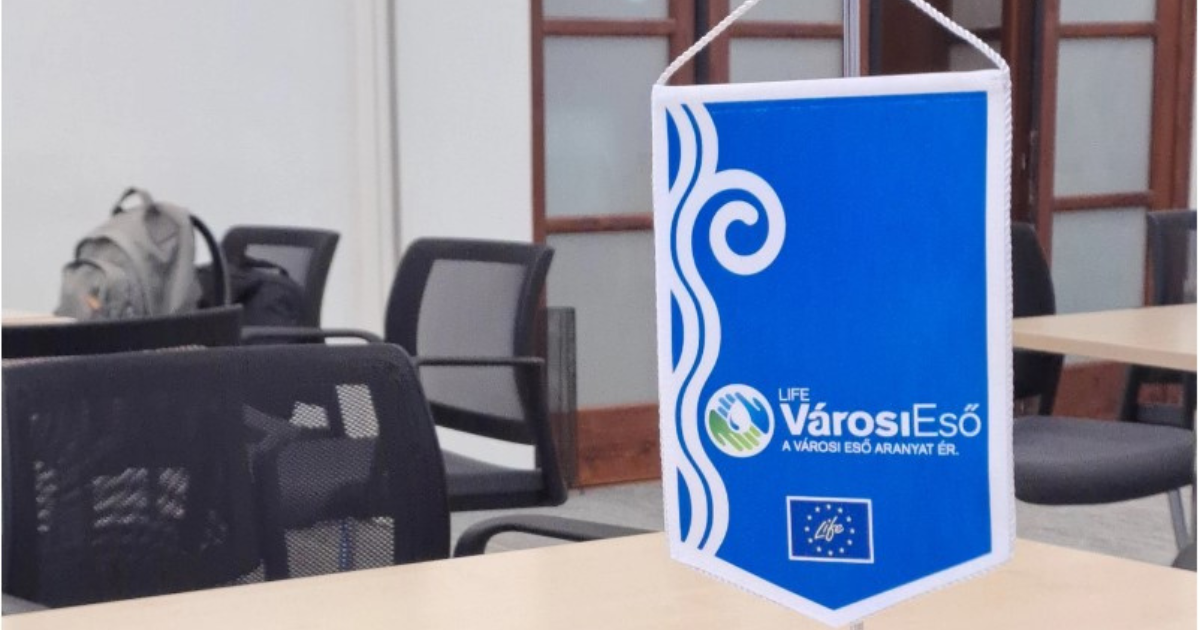
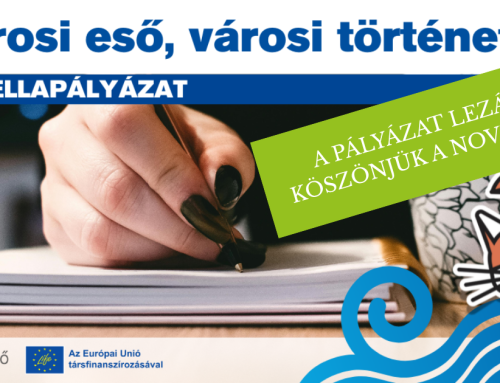
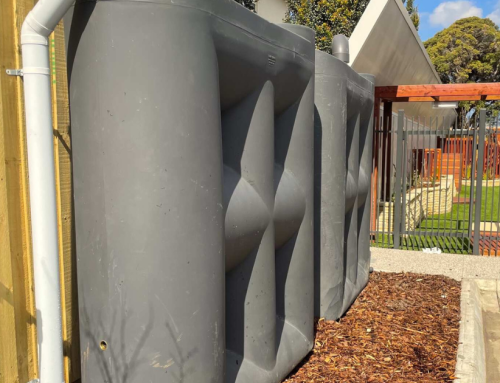
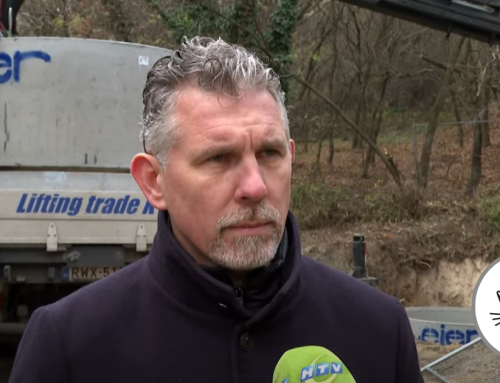
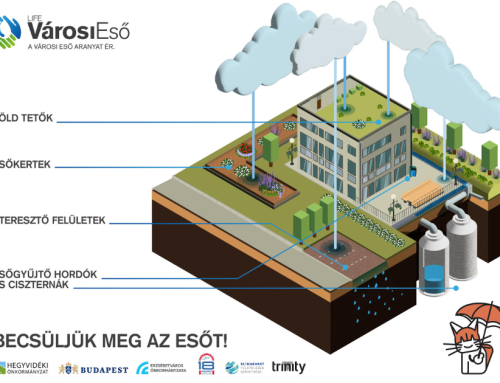
Hagyj üzenetet